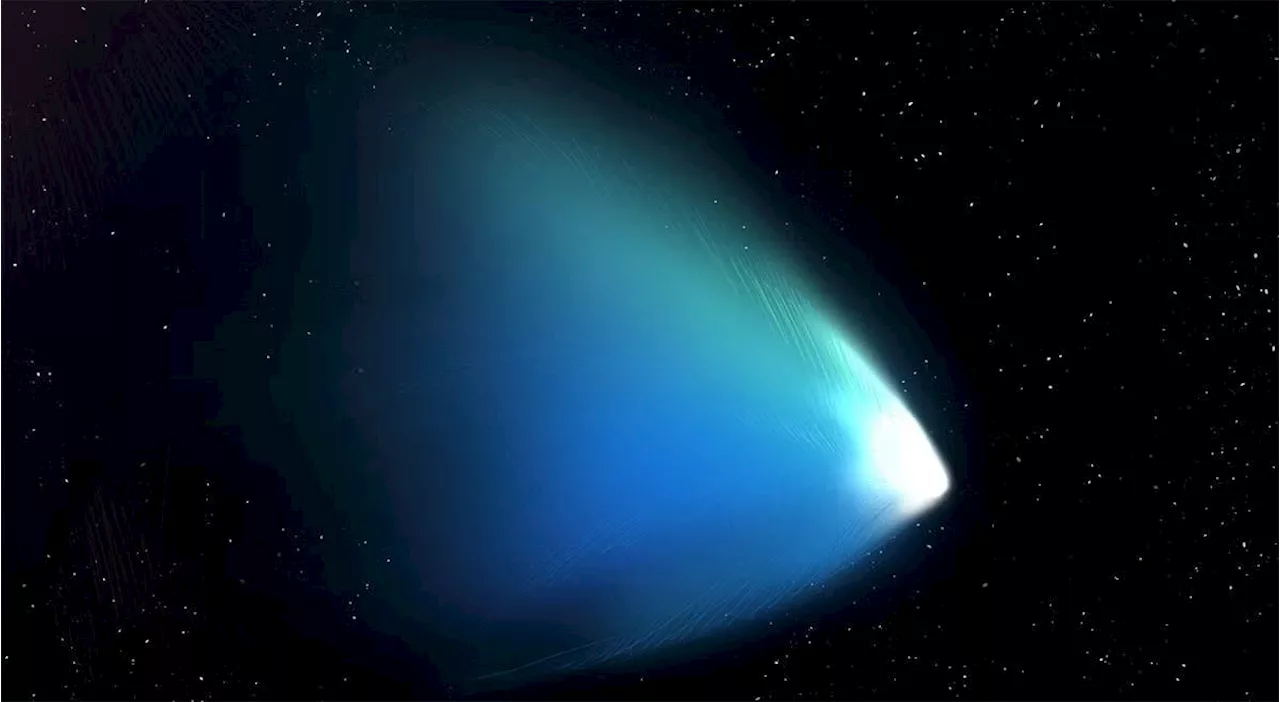The James Webb Space Telescope (JWST) has made a remarkable discovery about the centaur 2060 Chiron, revealing a unique combination of ices and gases that sets it apart from other objects in the outer solar system. Chiron, located between Jupiter and Neptune, exhibits characteristics reminiscent of both comets and asteroids, including a gaseous coma and potential rings and debris field. JWST observations have identified carbon monoxide, carbon dioxide ice on Chiron's surface, and carbon dioxide and methane gas in its thin coma.
Jam packed issues filled with the latest cutting-edge research, technology and theories delivered in an entertaining and visually stunning way, aiming to educate and inspire readers of all agesThe James Webb Space Telescope has discovered that the centaur called 2060 Chiron is an oddball. The object, which is a minor body that orbits the sun in the expanse between Jupiter and Neptune, has a mixture of ices and gases that make it stand out from other objects in the distant outer solar system .
Furthermore, the action of the sun's radiation on these ices spurs chemical reactions that produce organic byproducts such as acetylene, ethane, propane, as well as various carbon oxides, all of which were found as ices on Chiron's surface by the JWST. "They are undergoing transformation driven by solar heating and they provide a unique opportunity to learn about the surface and subsurface layers," said Pinilla-Alonso."What is unique about Chiron is that we can observe both the surface, where most of the ices can be found, and the coma, where we see the gases that are originating from the surface or just below it."
James Webb Space Telescope Centaur 2060 Chiron Solar System Ices Gases
United States Latest News, United States Headlines
Similar News:You can also read news stories similar to this one that we have collected from other news sources.
 James Webb Telescope Reveals Unique Chemistry of Space Centaur ChironUCF researchers used the James Webb Space Telescope to study the surface chemistry of (2060) Chiron, a celestial object that orbits between Jupiter and Neptune, revealing unique properties compared to other centaurs.
James Webb Telescope Reveals Unique Chemistry of Space Centaur ChironUCF researchers used the James Webb Space Telescope to study the surface chemistry of (2060) Chiron, a celestial object that orbits between Jupiter and Neptune, revealing unique properties compared to other centaurs.
Read more »
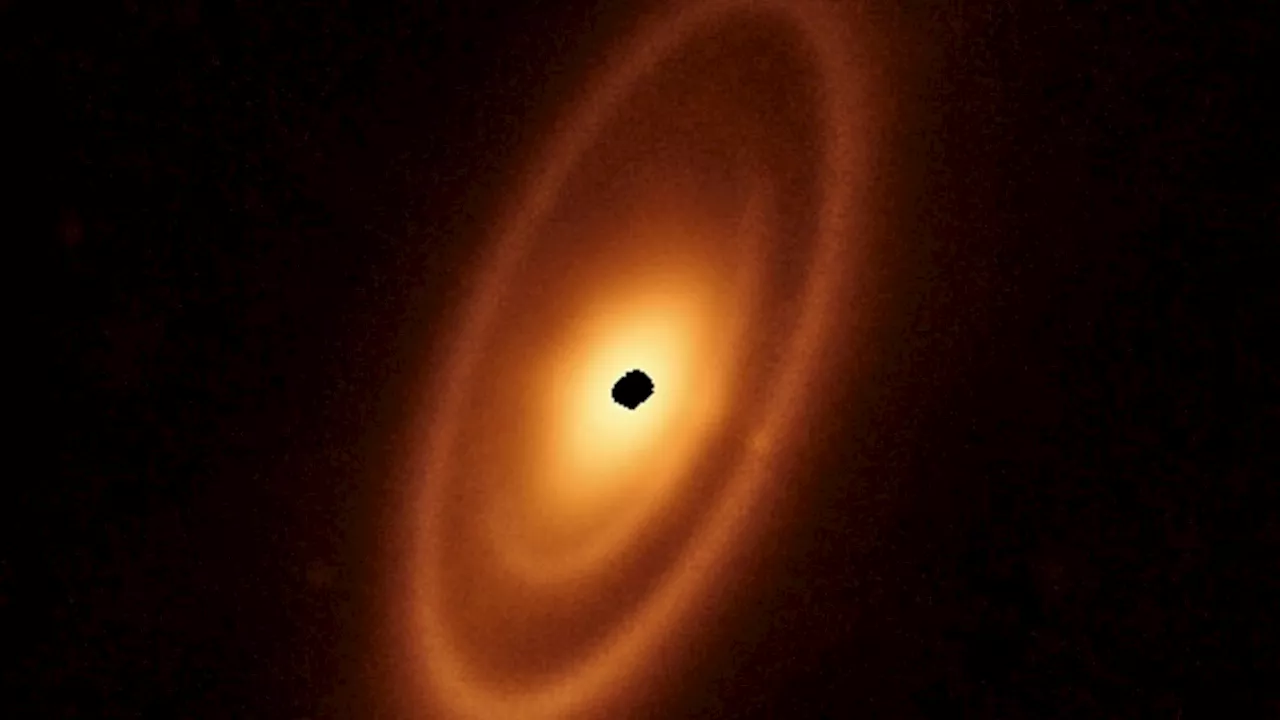 James Webb Telescope Reveals Hidden Asteroid BeltThe James Webb Space Telescope, while primarily designed to study distant galaxies and planets, has unexpectedly proven to be adept at detecting asteroids, even the smallest ones.
James Webb Telescope Reveals Hidden Asteroid BeltThe James Webb Space Telescope, while primarily designed to study distant galaxies and planets, has unexpectedly proven to be adept at detecting asteroids, even the smallest ones.
Read more »
 USPS to Release New James Webb Space Telescope Stamps in 2025The United States Postal Service (USPS) will release a new set of postage stamps featuring images captured by the James Webb Space Telescope (JWST) in 2025. The stamps, scheduled for release on January 21, will showcase two deep-space vistas.
USPS to Release New James Webb Space Telescope Stamps in 2025The United States Postal Service (USPS) will release a new set of postage stamps featuring images captured by the James Webb Space Telescope (JWST) in 2025. The stamps, scheduled for release on January 21, will showcase two deep-space vistas.
Read more »
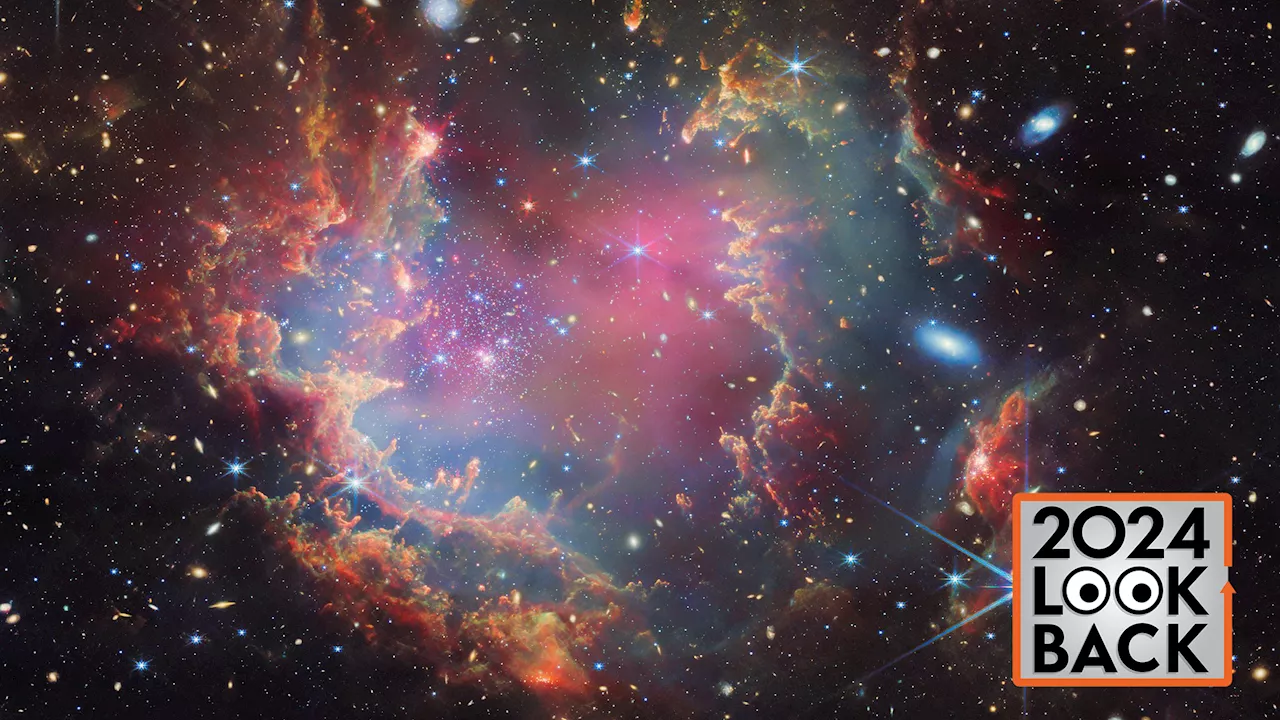 James Webb Space Telescope Captures Stunning Images in 2024The James Webb Space Telescope (JWST) continues to amaze with breathtaking images. This year, the JWST revealed stunning views of spiral galaxies, a hidden neutron star in a supernova remnant, and other distant cosmic marvels.
James Webb Space Telescope Captures Stunning Images in 2024The James Webb Space Telescope (JWST) continues to amaze with breathtaking images. This year, the JWST revealed stunning views of spiral galaxies, a hidden neutron star in a supernova remnant, and other distant cosmic marvels.
Read more »
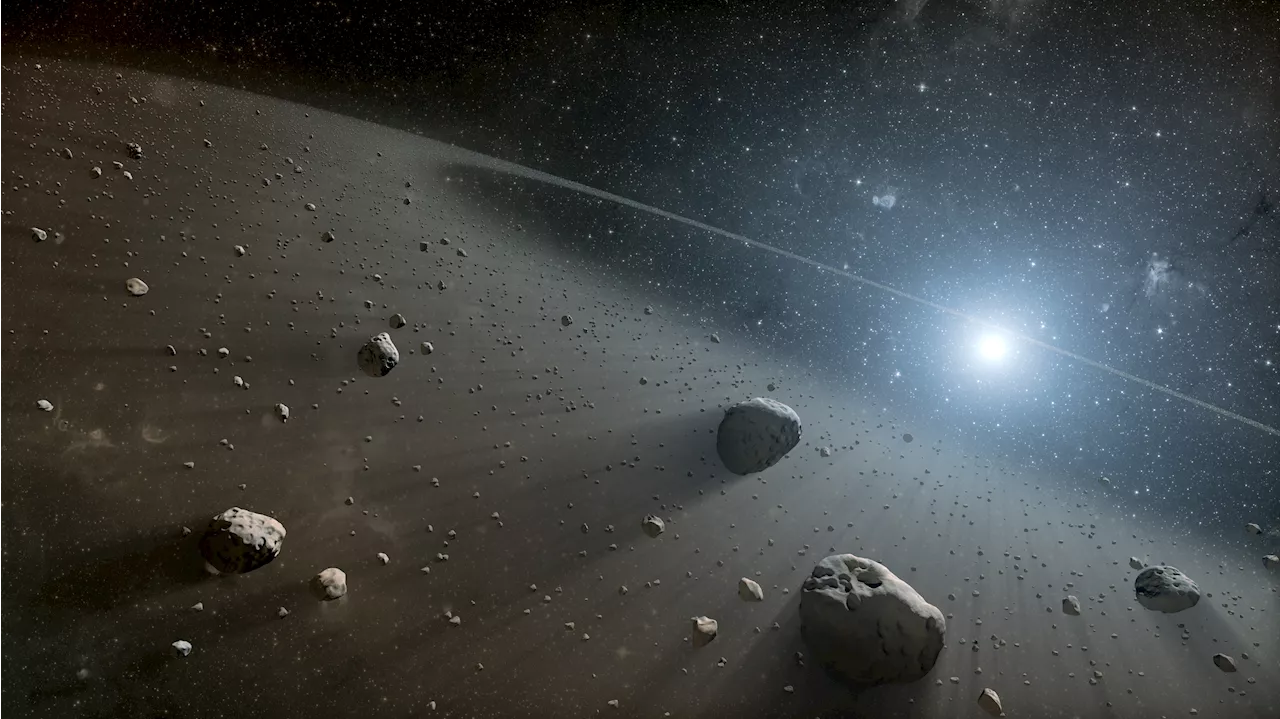 James Webb Space Telescope Reveals New Population of Small AsteroidsThe James Webb Space Telescope has been used to discover 138 new asteroids in the main asteroid belt, ranging in size from a bus to a stadium. This discovery provides valuable insights into the formation and evolution of asteroids, as well as the potential risks posed by near-Earth asteroids.
James Webb Space Telescope Reveals New Population of Small AsteroidsThe James Webb Space Telescope has been used to discover 138 new asteroids in the main asteroid belt, ranging in size from a bus to a stadium. This discovery provides valuable insights into the formation and evolution of asteroids, as well as the potential risks posed by near-Earth asteroids.
Read more »
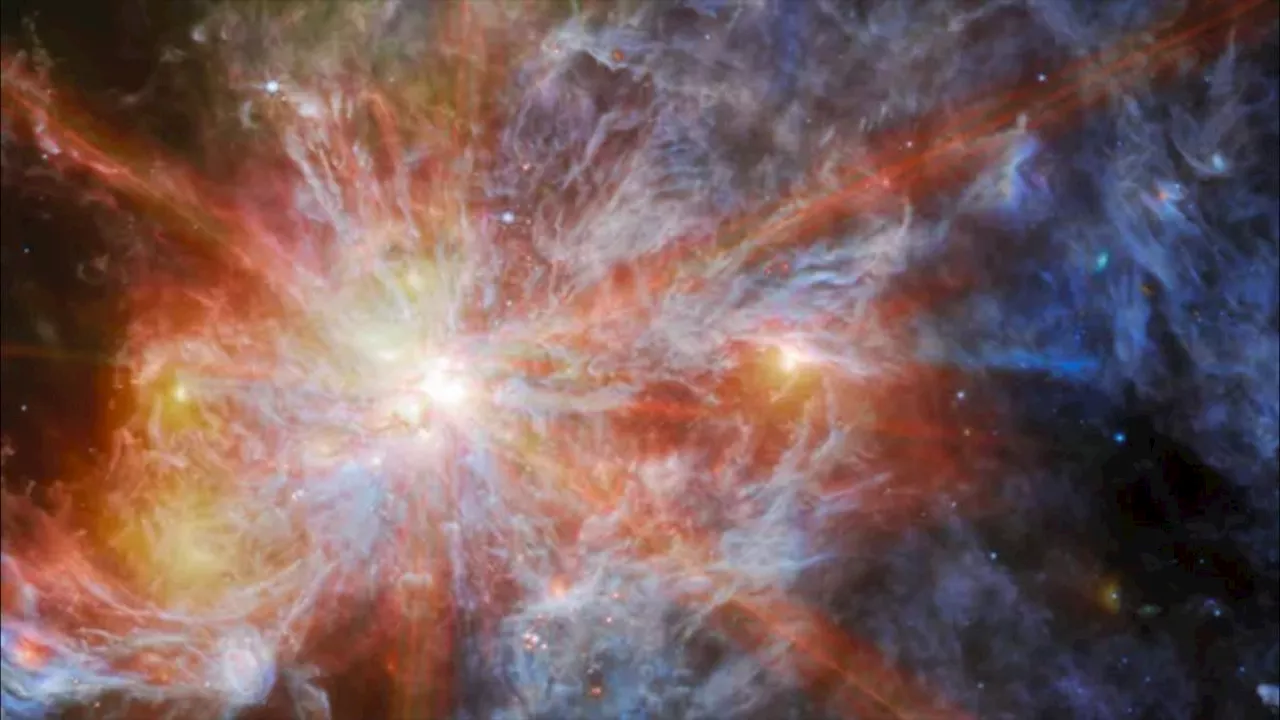 James Webb Space Telescope smashes its own record to find the earliest galaxies that ever existedBen Turner is a U.K. based staff writer at Live Science. He covers physics and astronomy, among other topics like tech and climate change. He graduated from University College London with a degree in particle physics before training as a journalist.
James Webb Space Telescope smashes its own record to find the earliest galaxies that ever existedBen Turner is a U.K. based staff writer at Live Science. He covers physics and astronomy, among other topics like tech and climate change. He graduated from University College London with a degree in particle physics before training as a journalist.
Read more »
